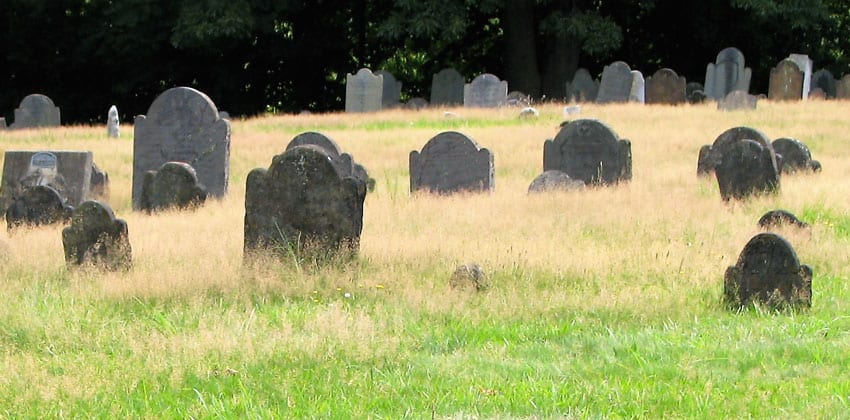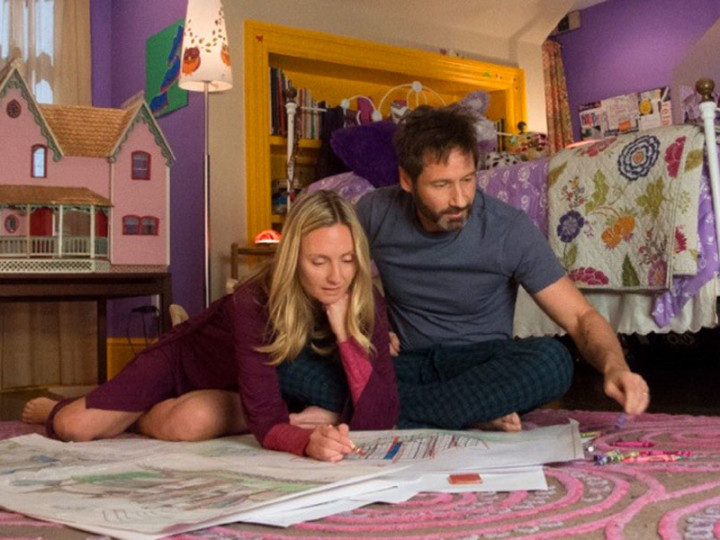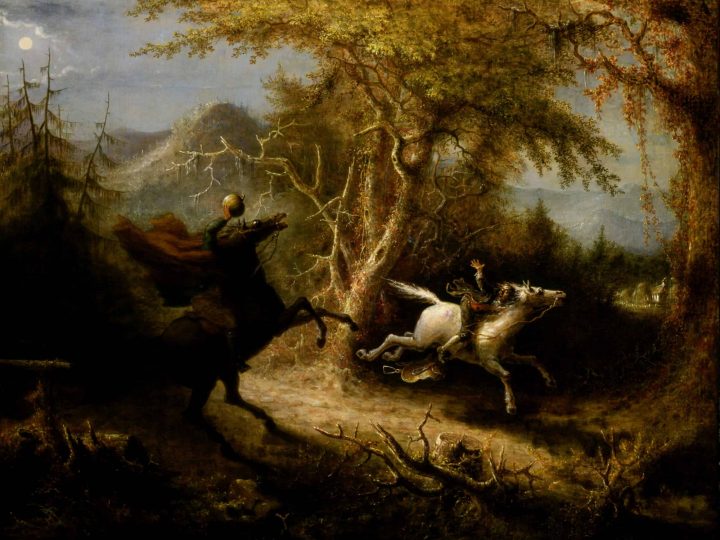
In Tombstone, Arizona’s infamous Boot Hill cemetery, there is a tall, white, wooden grave marker with an inscription scrawled in black: “Here lies Lester Moore. Four slugs from a 44. No Les, no more.”
While Boot Hill’s rogue’s gallery resting place is peppered with gallows humor grave markers, it’s not the only example of dark posthumous poetry. Tombstone’s witty epitaphs share a direct lineage with the grim yet wry New Englanders who helped found America. In 1792, a young Milford woman named Mary Fowler died. The first part of her epitaph is typical, but then then it takes a turn to the macabre, reading:
“Sacred to the memory of Miss Mary
daughter to Mr. William & Mrs. Eunice Fowler who Died
Feby 1st AD 1792 in the
24th year of her age.
Molly tho pleasant in her day
Was suddenly seiz’d and sent away
How soon she’s ripe how soon she’s rott’n
Sent to her grave and soon forgott’n”
Besides the dark ode on the stone, the grave marker has taken on a little bit of additional fame after being stolen from its plot in 2009. Thankfully, it was found nearby. Any knowledge of who Molly Fowler was is based entirely on what was written on her tombstone. Whether it’s Lester Moore or Molly Fowler, it’s their dying that gives us a sense of who they were and how they lived.
The burial monuments that previous peoples and civilizations left behind have been essential tools in understanding those who came before us. From Egyptian pyramids to Etruscan tombs to New England graveyards, the dead have a lot to say about who they were. On Saturday, October 19th at 1:00 pm, in the Old Milford Cemetery, costumed re-enactors will lead you on a guided tour through the headstones and through time, from the 1600s to our more recent past, where you can meet some of Milford’s most famous citizens, hear their stories, and understand the lives they lived in the town they helped build.
Time has not been kind to many of the headstones; hundreds of years of New England winters, nor’easters, sun, wind, and rain have eroded many of the stones while others have fallen over or broken. The Milford Historical Society, along with its offshoot, the Friends of Milford Cemetery, offer spring and fall cemetery tours to raise money to help fix and document the tombstones and raise awareness about the important place that Old Milford Cemetery holds in the city’s long history.
Running the tours is retired Orchard Hills teacher Ardienne Damicis. “When I retired from teaching, I took over the education program at the Historical Society and one of the things that we did was take the kids into the cemetery. So, I became interested in it that way. Then I got very upset because the tombstone of one of the most important ministers in my church was down, and I kept saying, ’We gotta fix that! We gotta fix that!’ Eventually we did, and it was at that time we started talking about forming the Friends of Milford Cemetery.”
The origin of the cemetery is almost as interesting as some of the people and monuments found within it. Just as Arlington National Cemetery began in General Robert E. Lee’s wife’s rose garden, Milford cemetery began in the garden of Milford founder Reverend Peter Prudden. According to the History of Milford Connecticut 1639-1939, “The first ground occupied for a burying place in the town was Mr. Prudden’s home lot, being the east end of his garden…Here were buried all who died in the town previous to about 1675 and among these was Mr. Prudden himself in 1656.”
But, as Damicis explains, you won’t find any of the earliest settler’s grave markers. “The Puritans considered headstones a vanity. If it was summer people were wrapped in a blanket and put in the ground rather quickly without much ceremony. Death was just a way of life. They grieved privately and moved on.” The earliest readable tombstone in the cemetery is William Robarts who died in 1689. His real last name was Roberts, but according to Damicis, “Spelling in the 1600’s, especially by stone masons, was kind of hit or miss.”
As you tour the cemetery you see how the puritanical, no headstone rule changes to more and more symbolic and ornate resting places. Winged skulls, funerary urns, cherubs, trumpets, hour glasses, oak leaves, arches, and anchors are all symbols that evolved over time, and place headstones within certain eras to help explain the prevailing culture of that time.
You’ll hear the stories behind the tombstones first-hand when members of the Milford Historical Society don their best tri-cornered hats, bonnets, and buckled shoes and re-enact the lives of Milford’s most famous deceased residents. You’ll learn about the mysterious weeping lady encased in glass, meet poor forgott’n’ Molly Fowler, visit with early Connecticut governor and founder of Newark, New Jersey Robert Treat, hear about the adventures of fur trapper Peter Pond, and learn about many other dead denizens of Milford. As Damicis explains, “The re-enactments are some good fun, but they help to give a voice and a face to people who are gone…to get a sense of who they were and that time’s change but people don’t.”
Inside the cemetery there is a stone inscribed, “MY WIFE’S GRAVE. DO NOT FORGET ME.” There is no name on the stone, just a plea through time to have a loved one remembered. The Milford Historical Society helps us remember these fellow townspeople—like neighbors you wave hello to—whether you remember their names or not.




